No description yet: Can you help?
Banco Central de la República Dominicana
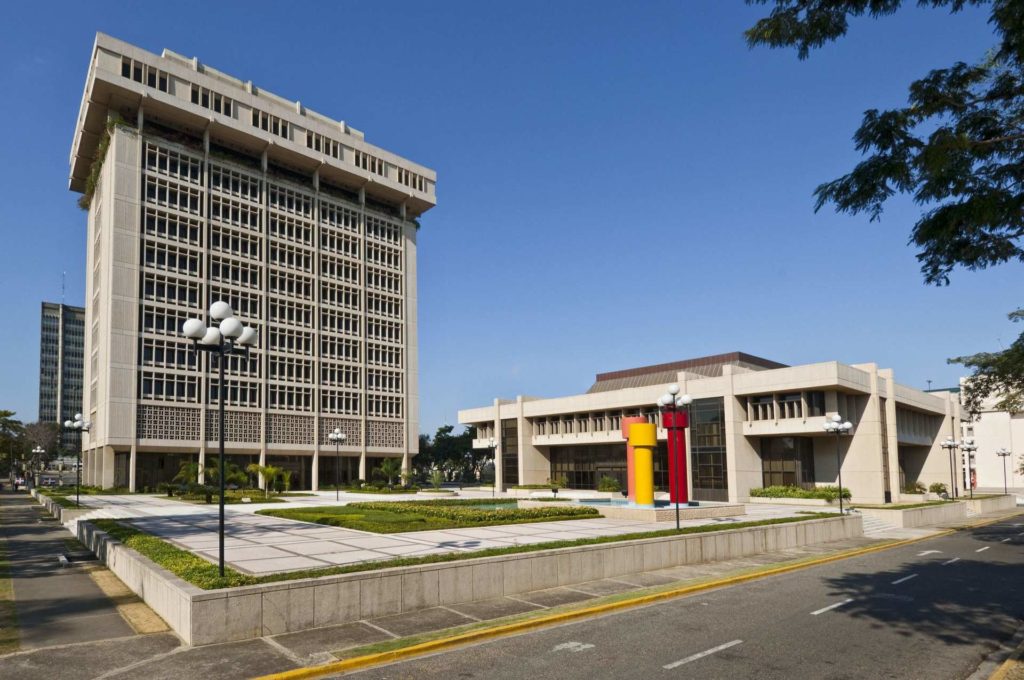

No description yet: Can you help?
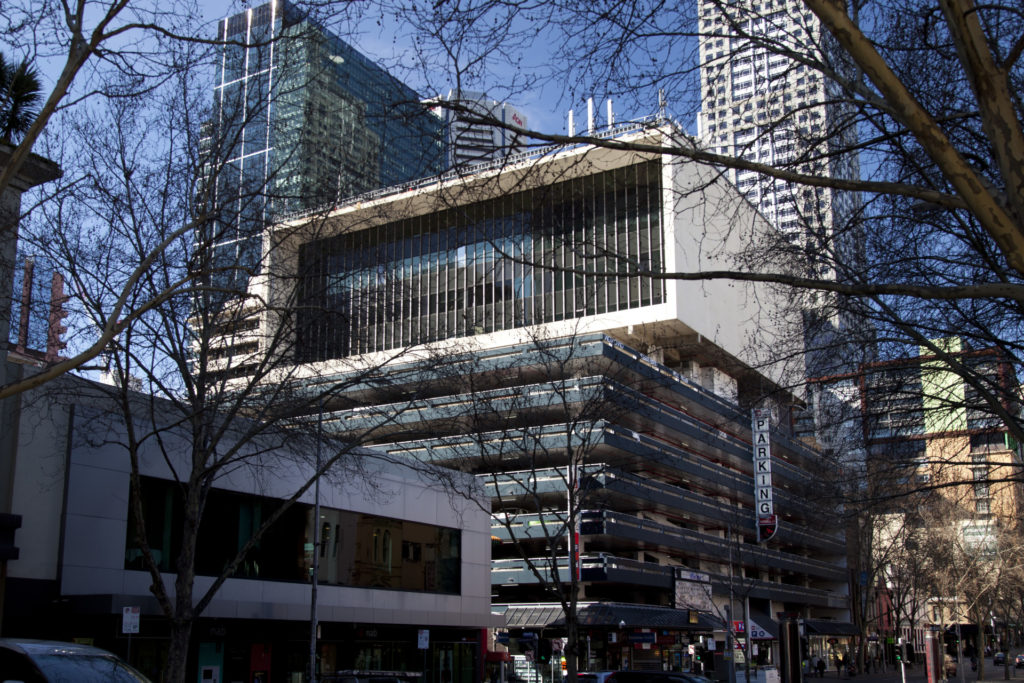
No description yet: Can you help?
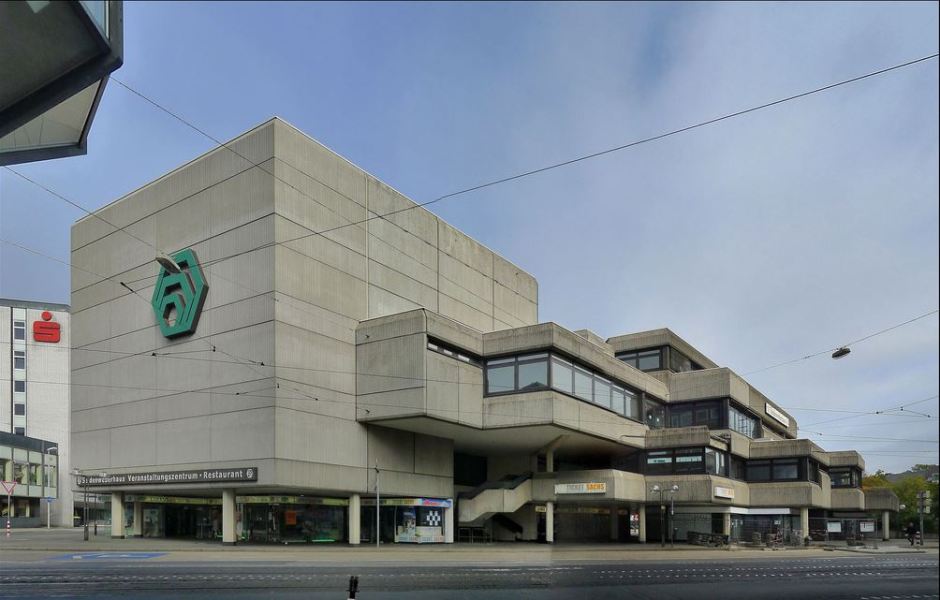
No description yet: Can you help?
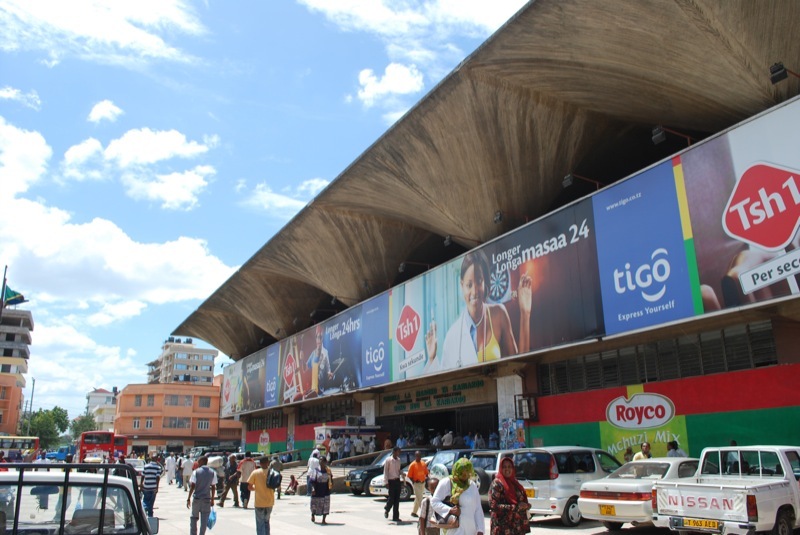
No description yet: Can you help?
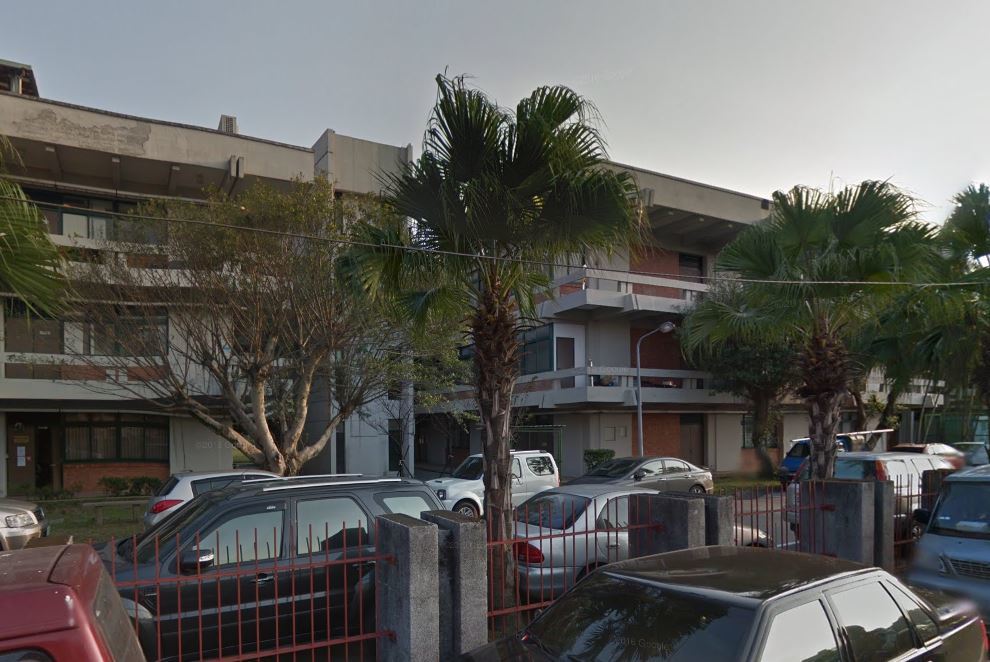
No description yet: Can you help?
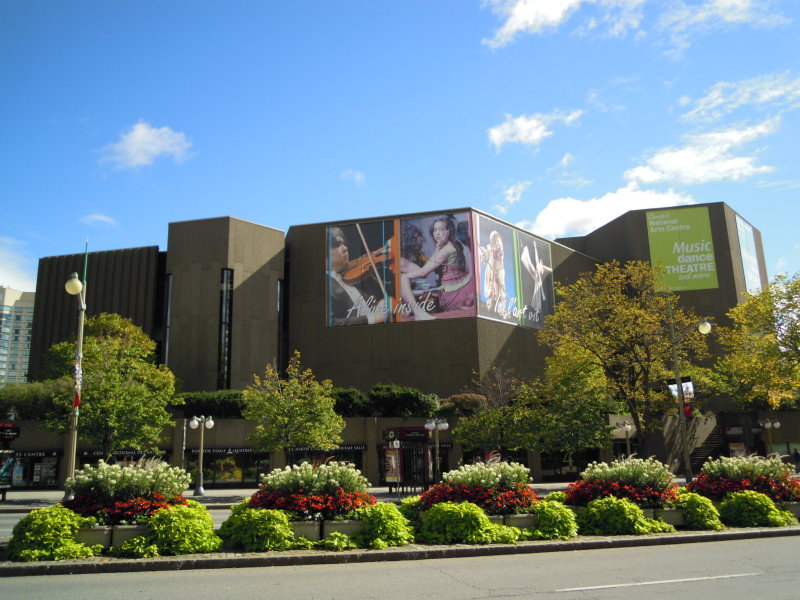
No description yet: Can you help?
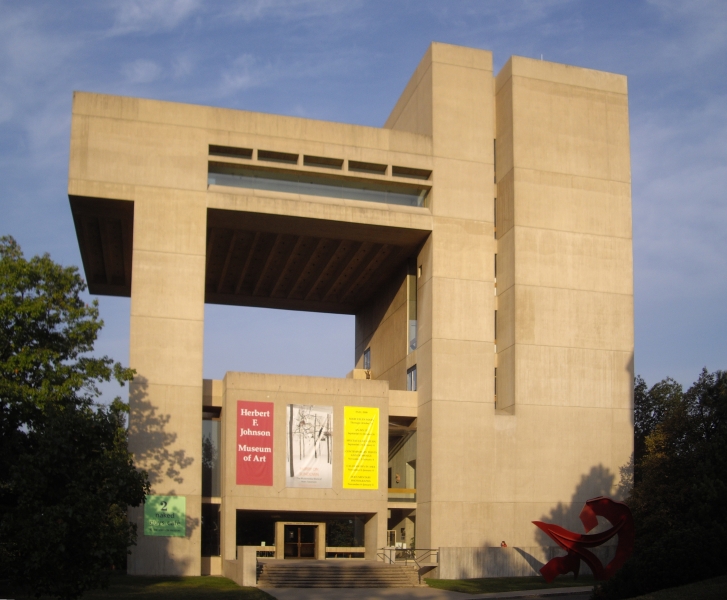
I. M. Pei chose to build upward to take advantage of the views. The distinctive look and neutral color of the board-formed concrete is complemented by the numerous windows Pei used to engage the landscape with the building itself. On almost every leve…
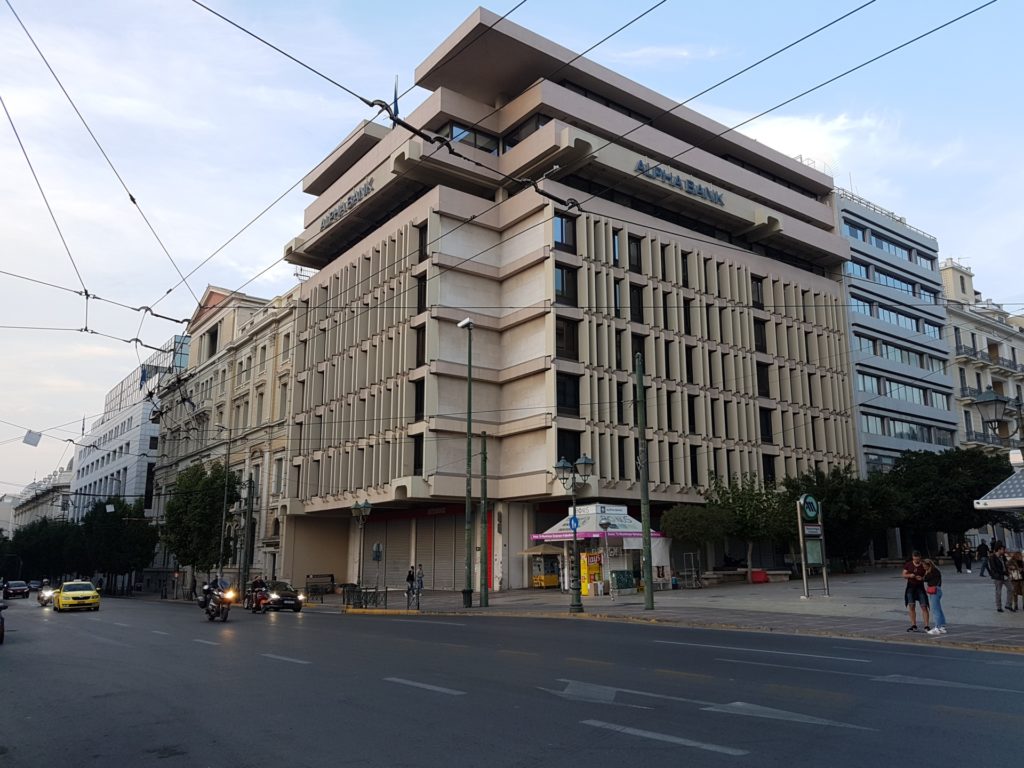
No description yet: Can you help?
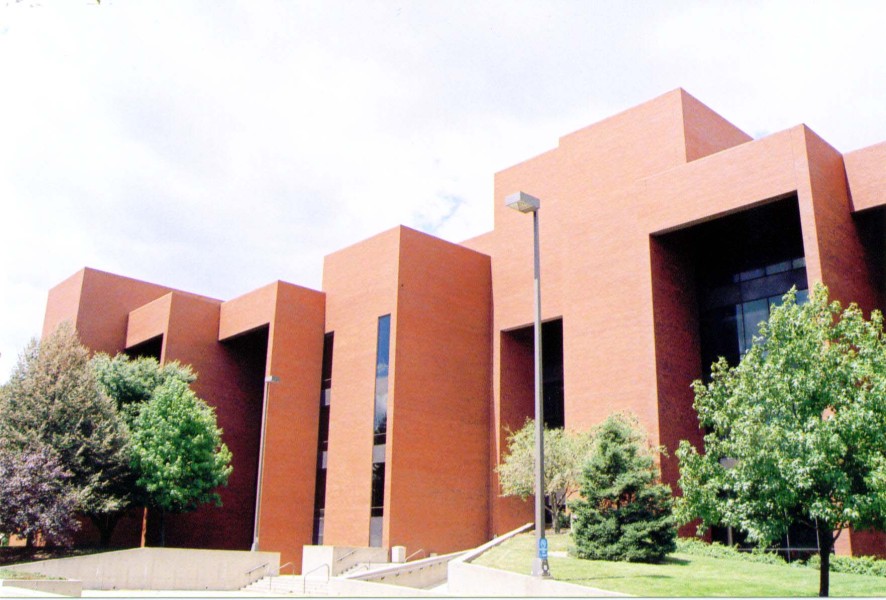
No description yet: Can you help?
No description yet: Can you help?
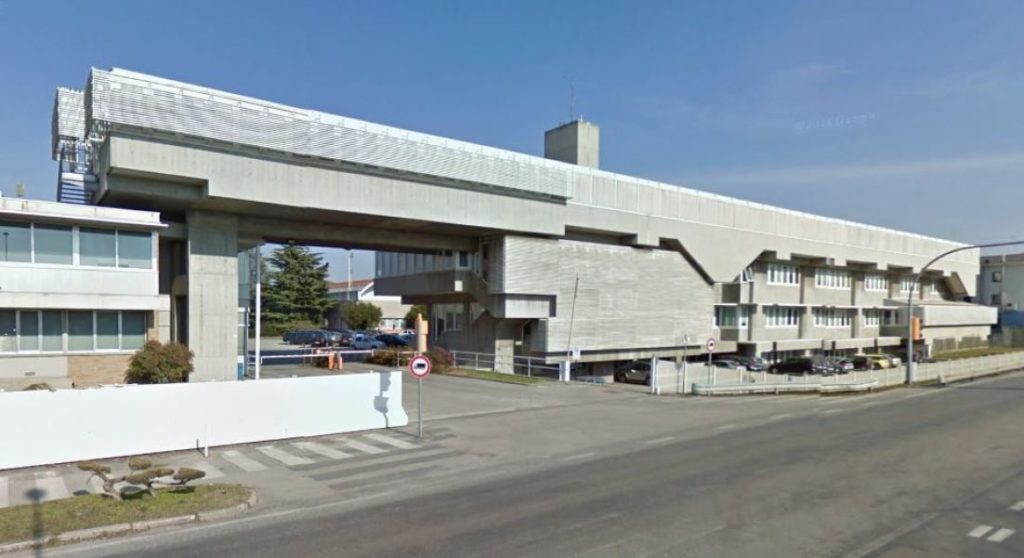
No description yet: Can you help?

No description yet: Can you help?

No description yet: Can you help?

No description yet: Can you help?
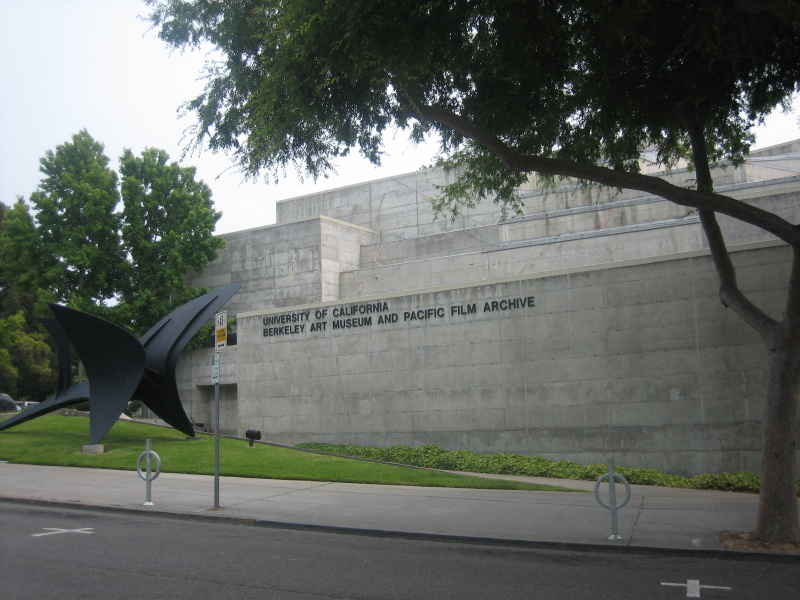
Shaped like a fan, Ciampi’s building adapts itself to Berkeley’s wavy landscape. Large, connected exposed concrete blocks form a dramatic general view. On the inside the dynamic design could almost be called proto-deconstructivist: robust concrete p…
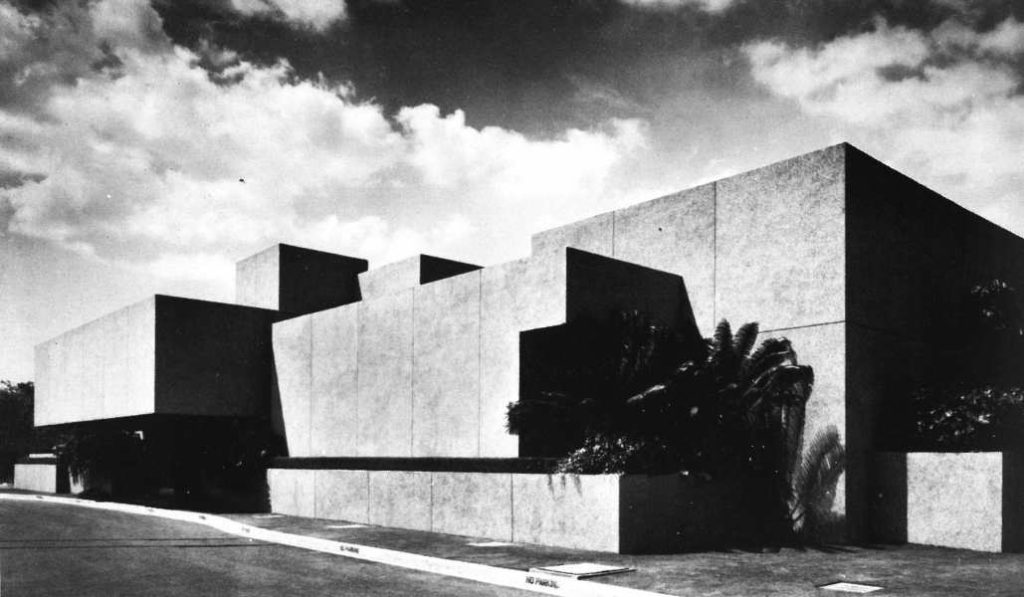
The Ayala Museum is another example of the bad reputation of Brutalism. It has been demolished in 2001 to be rebuilt by the same architect. The new building however follows a very different design language. The original sculptural, interlocked, puristic…
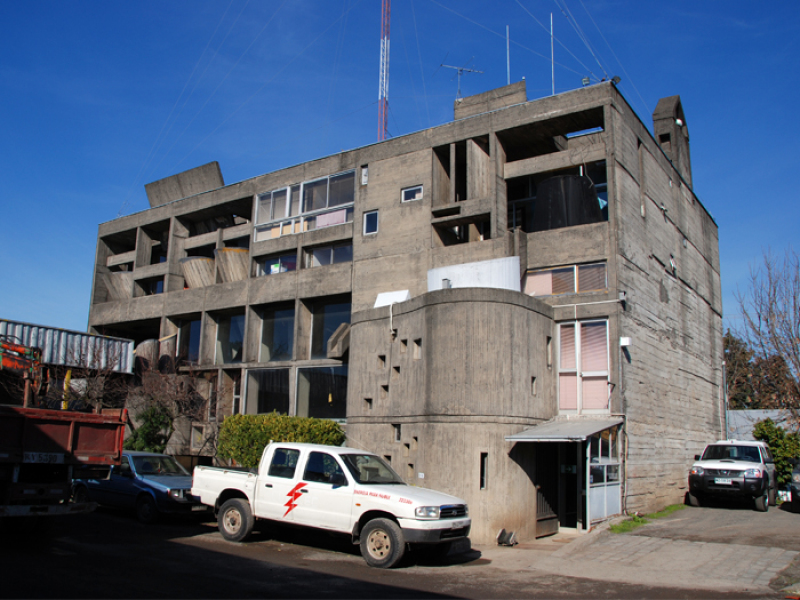
This building can be seen as an eclectic collection of a broad range of Le Corbusier designs. An abstract grid, as seen in Ahmedabad, is placed right next to a wavy wall with small windows, as seen at the Chapelle de Ronchamp and La Tourette. Sculptural…
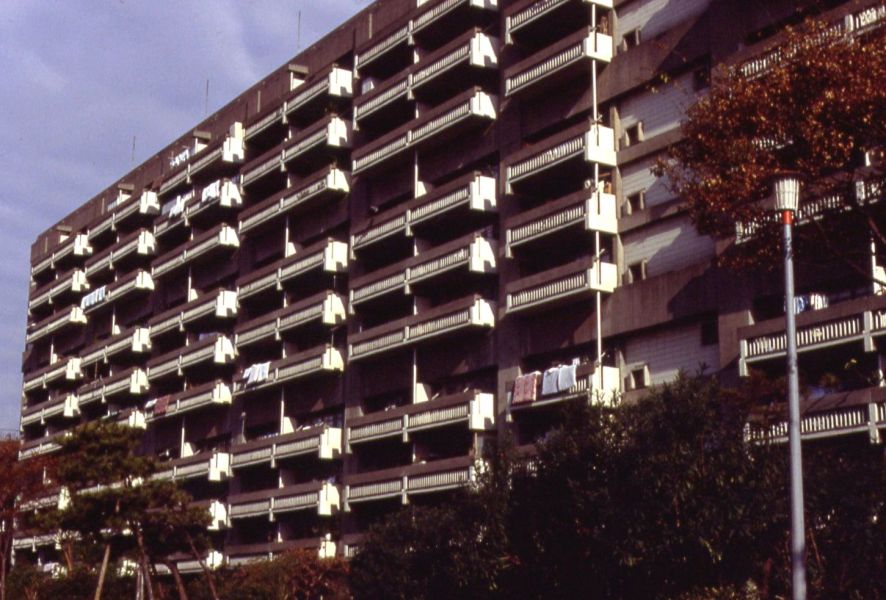
Banham emphasizes that the Harumi Apartments were actually built four years before Kenzo Tange’s Kurashiki City Hall. He uses the example to illustrate Maekawa’s pioneering role in Japanese brutalism.
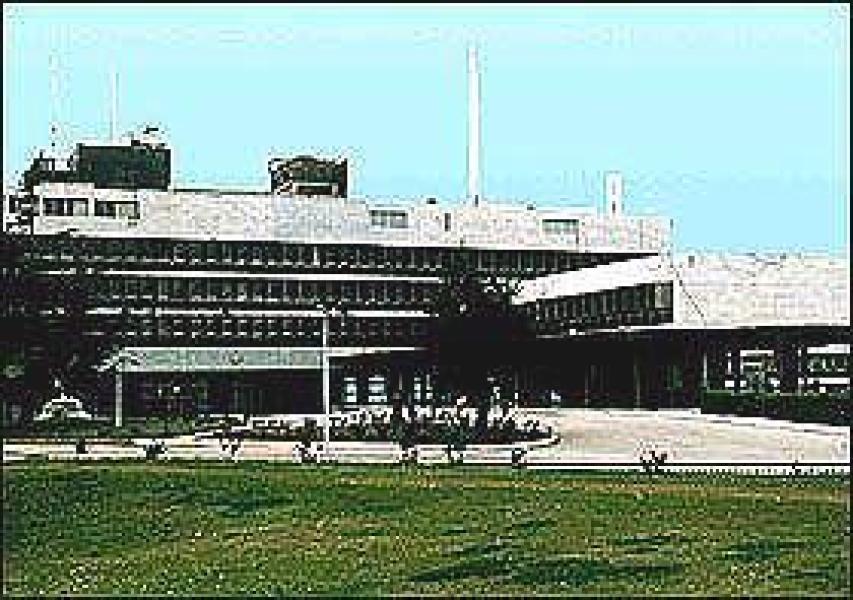
No description yet: Can you help?
No description yet: Can you help?